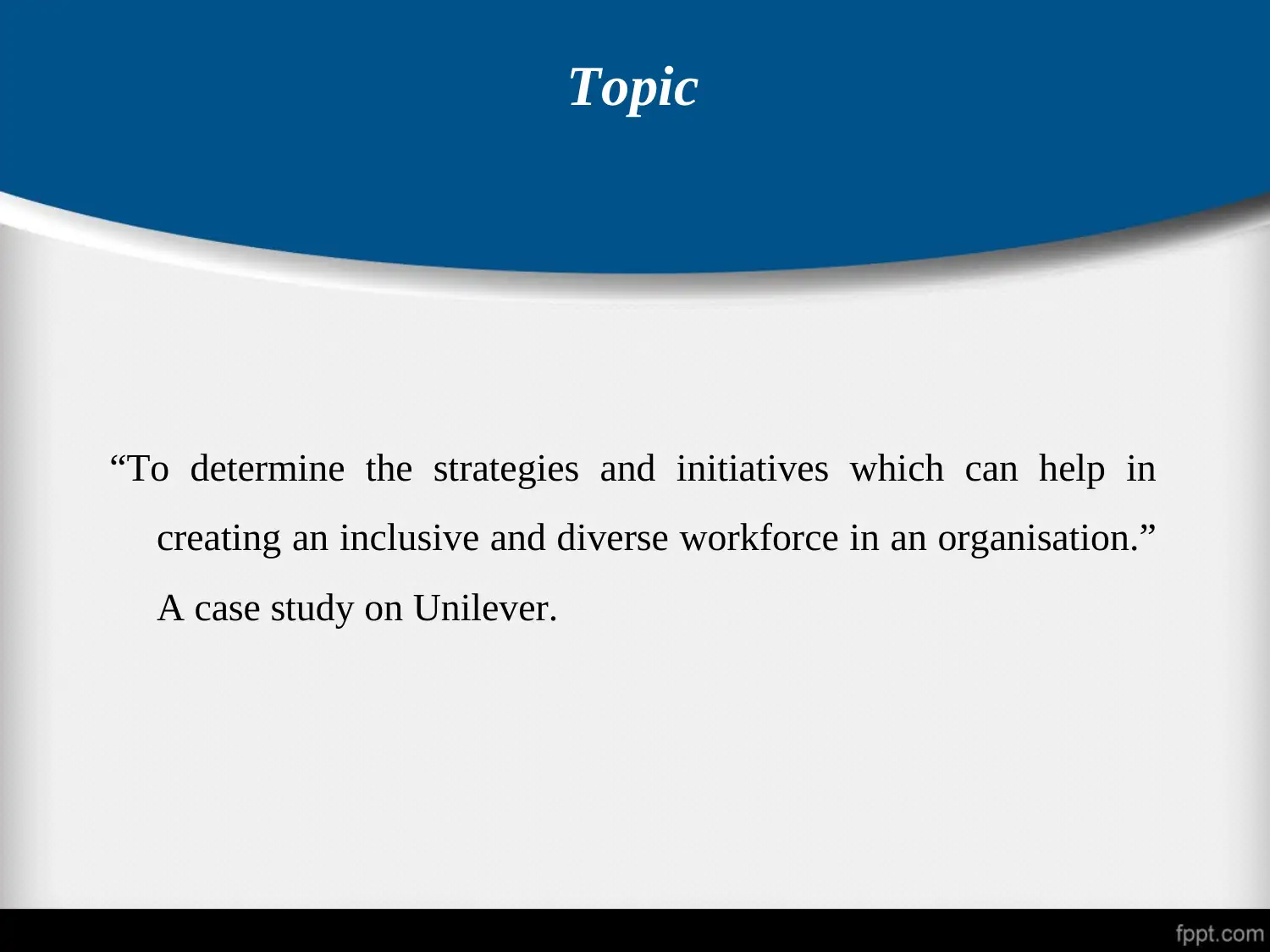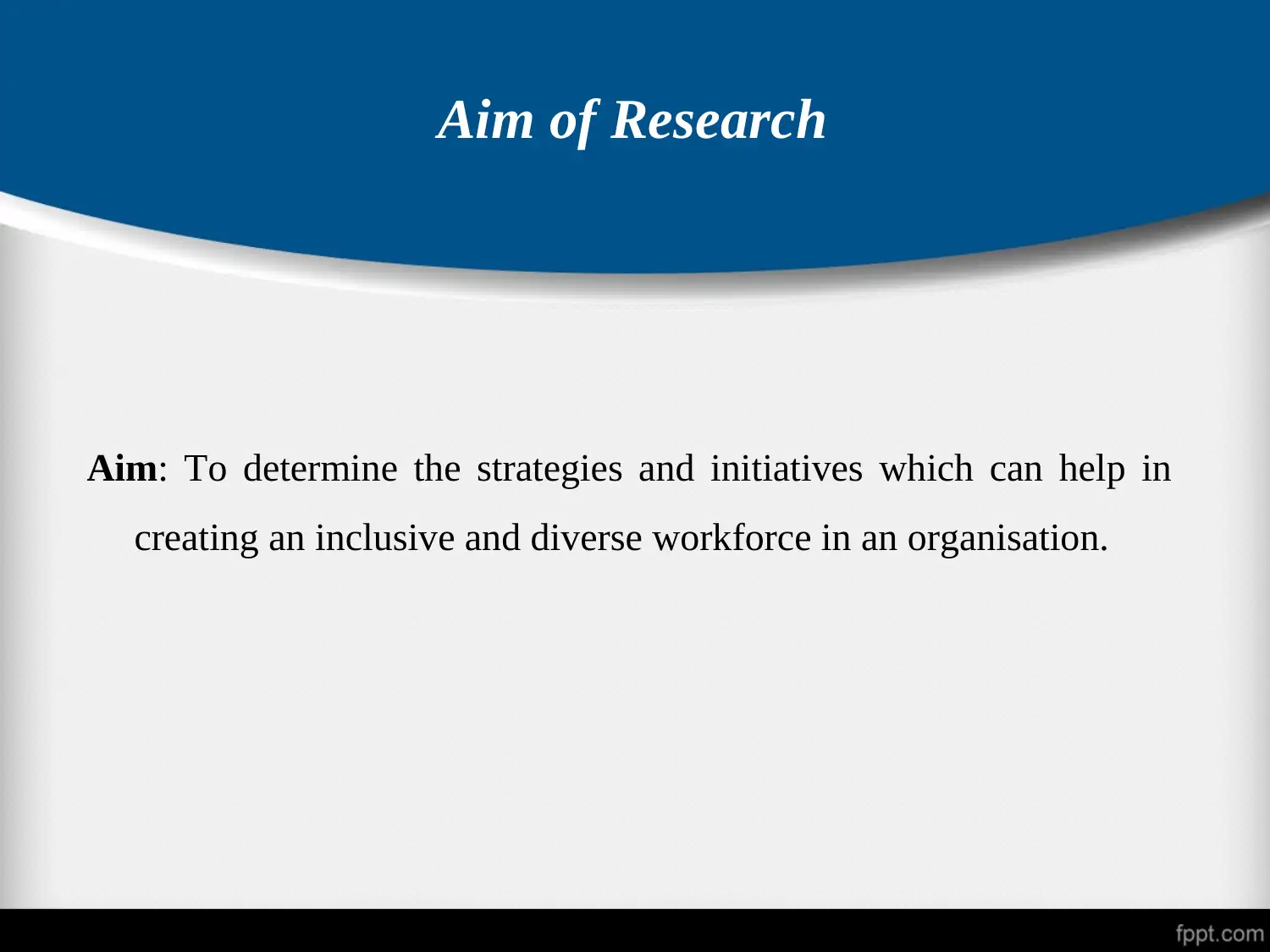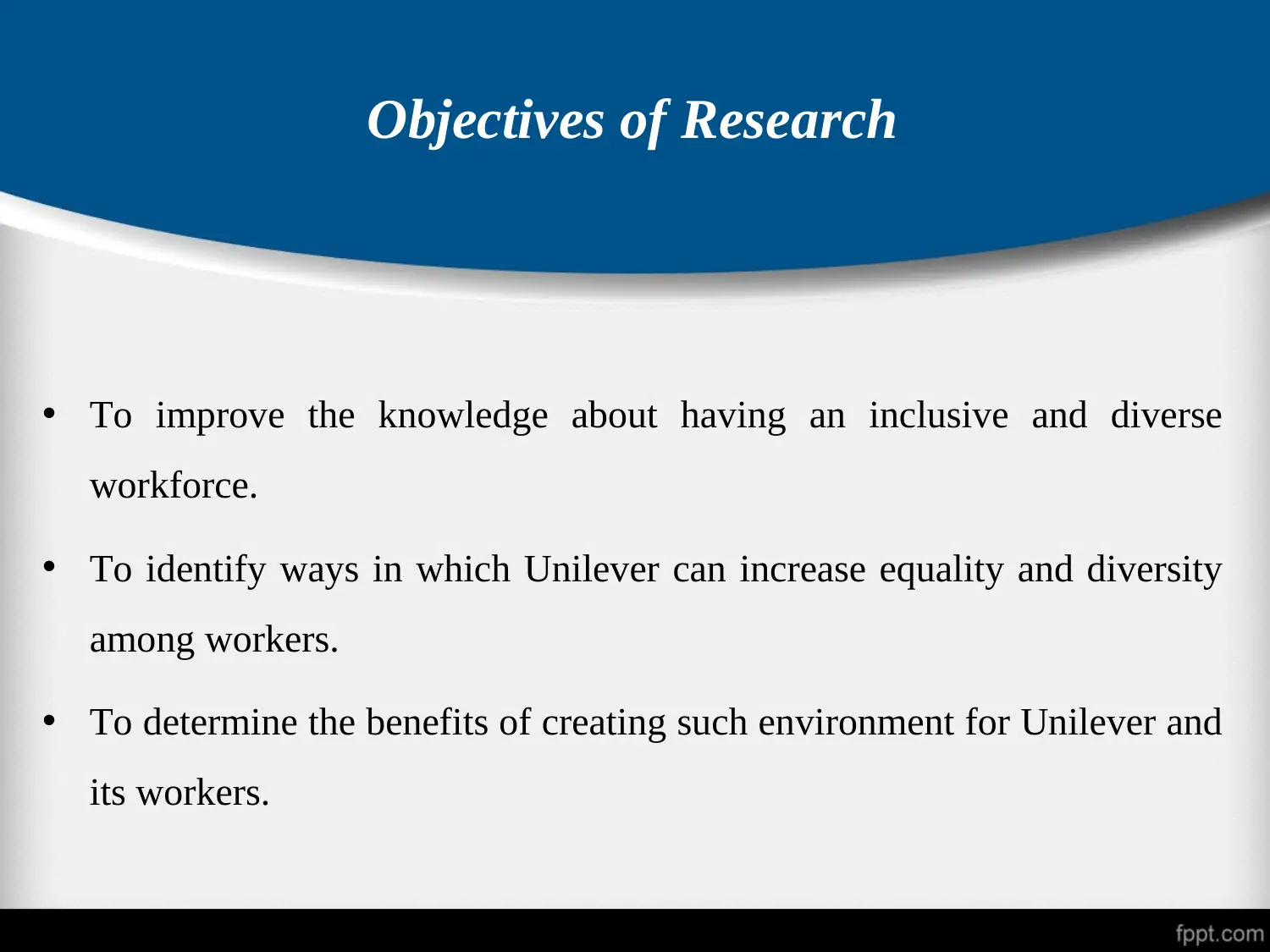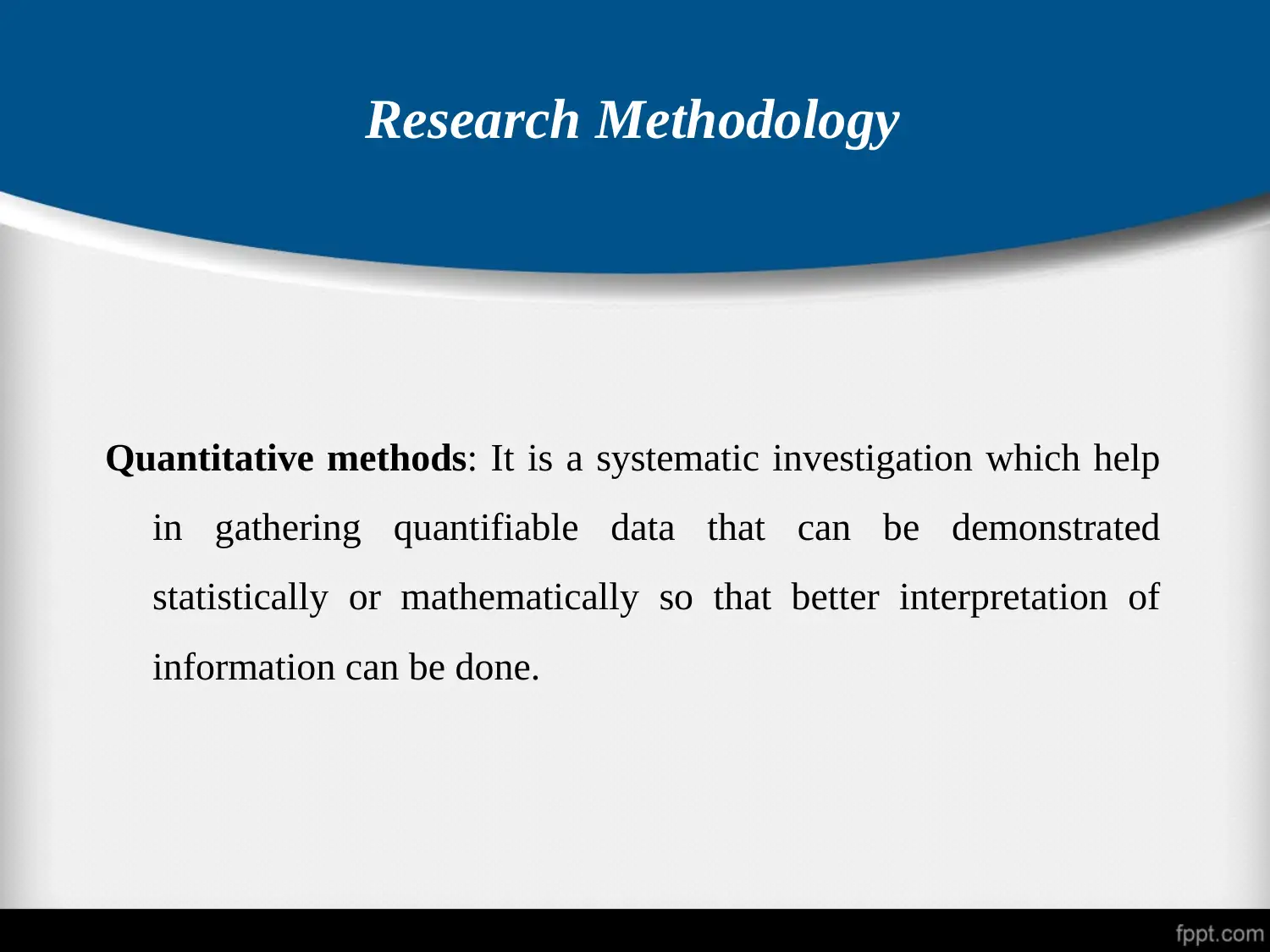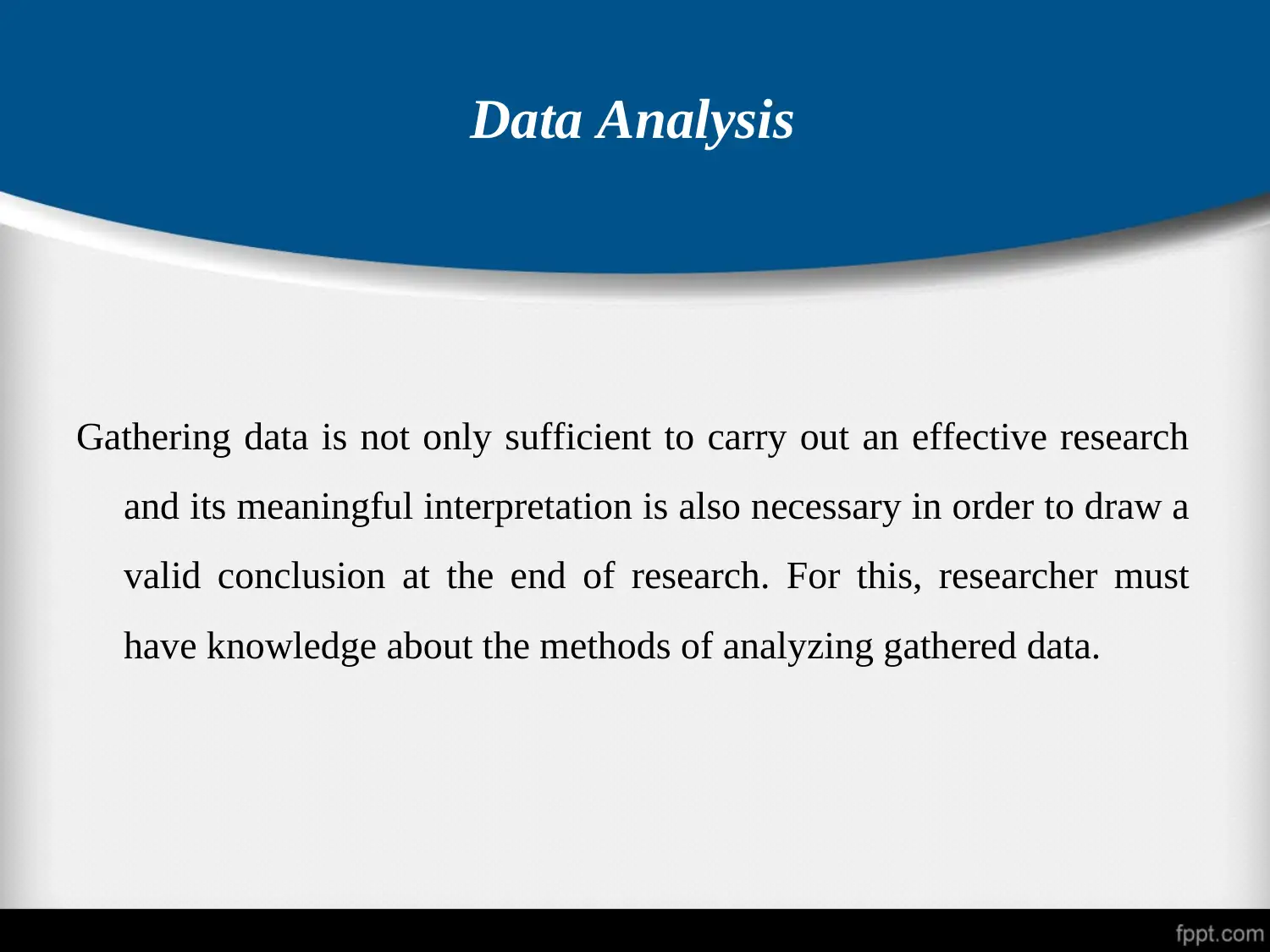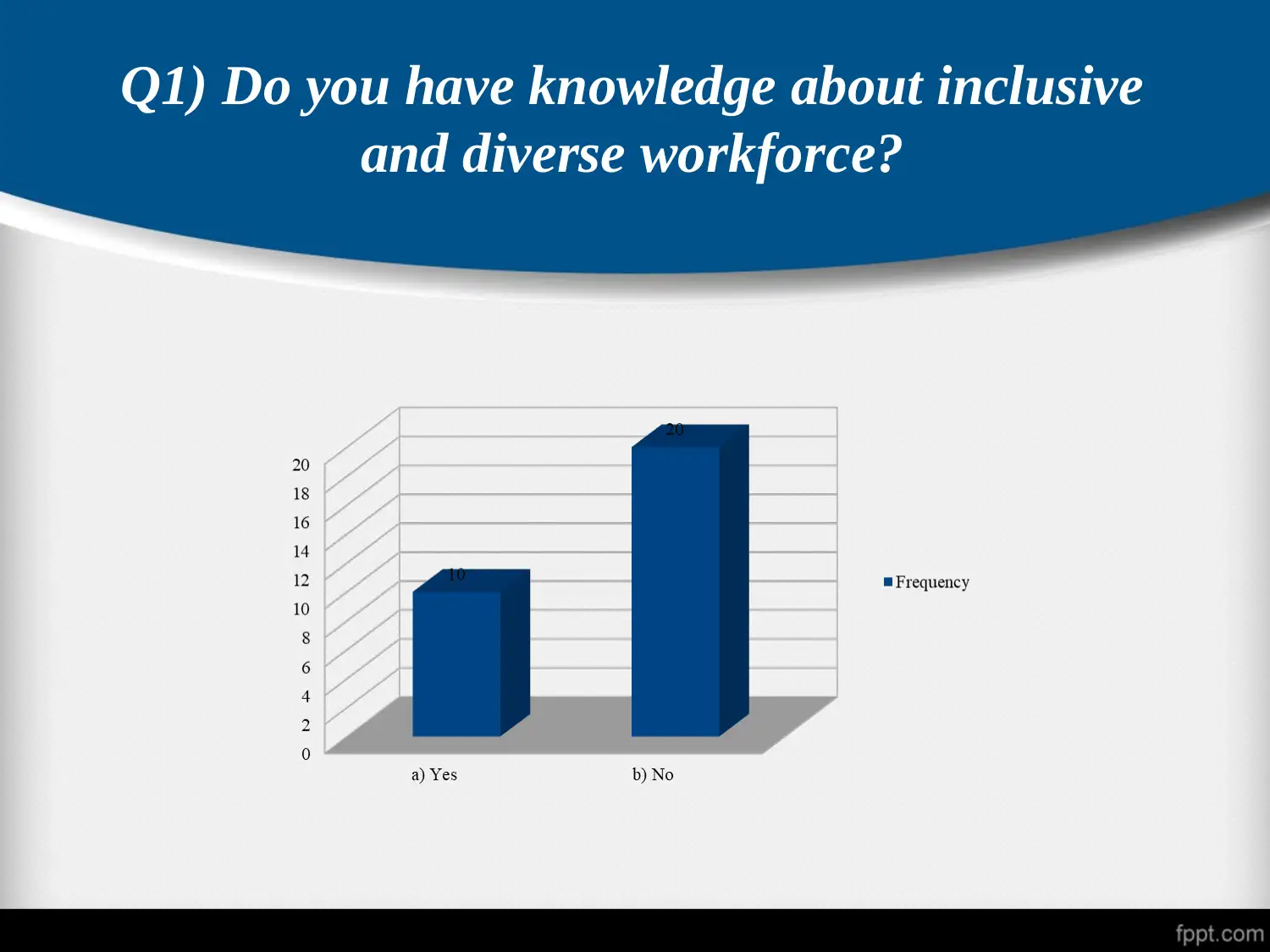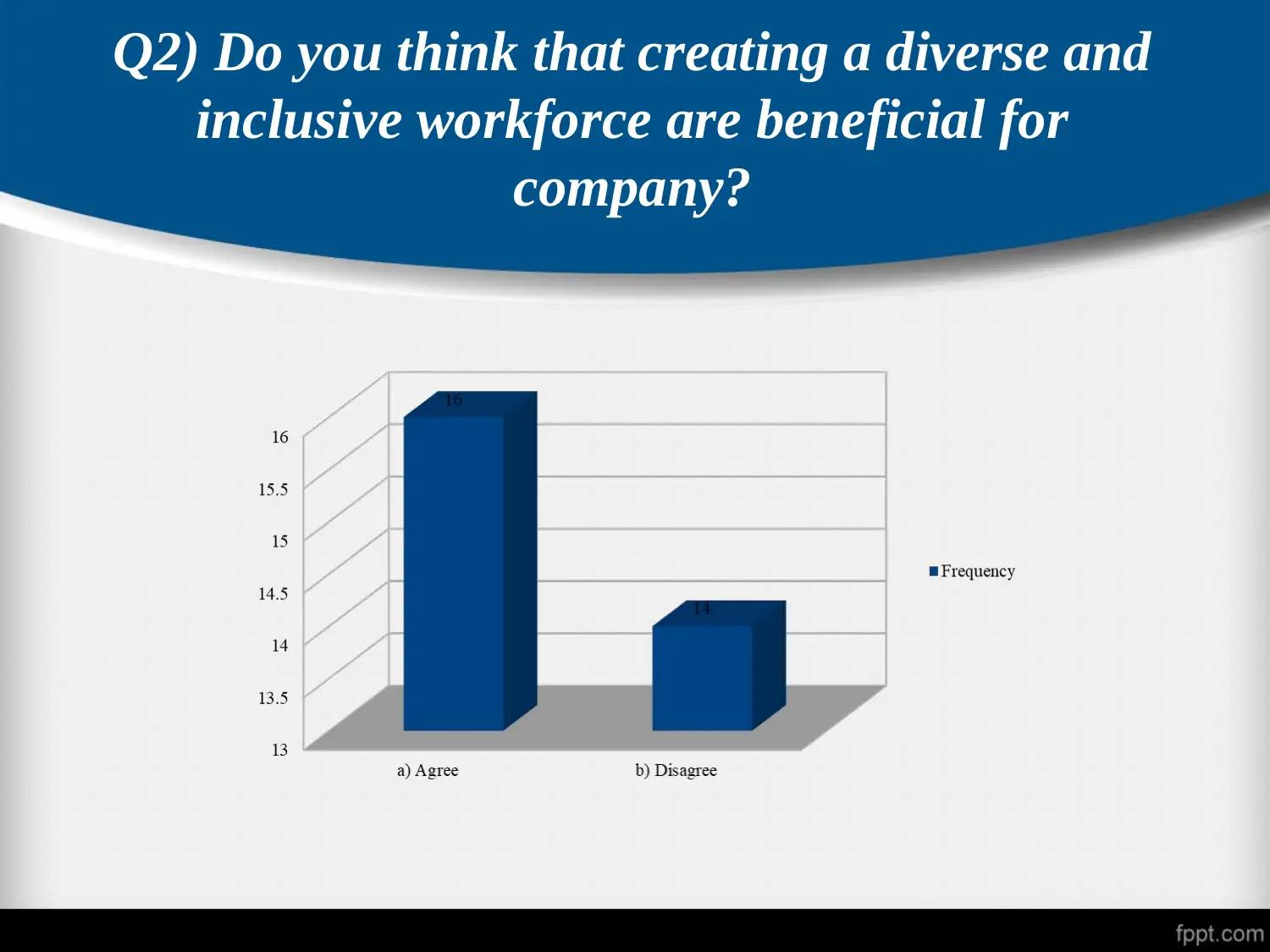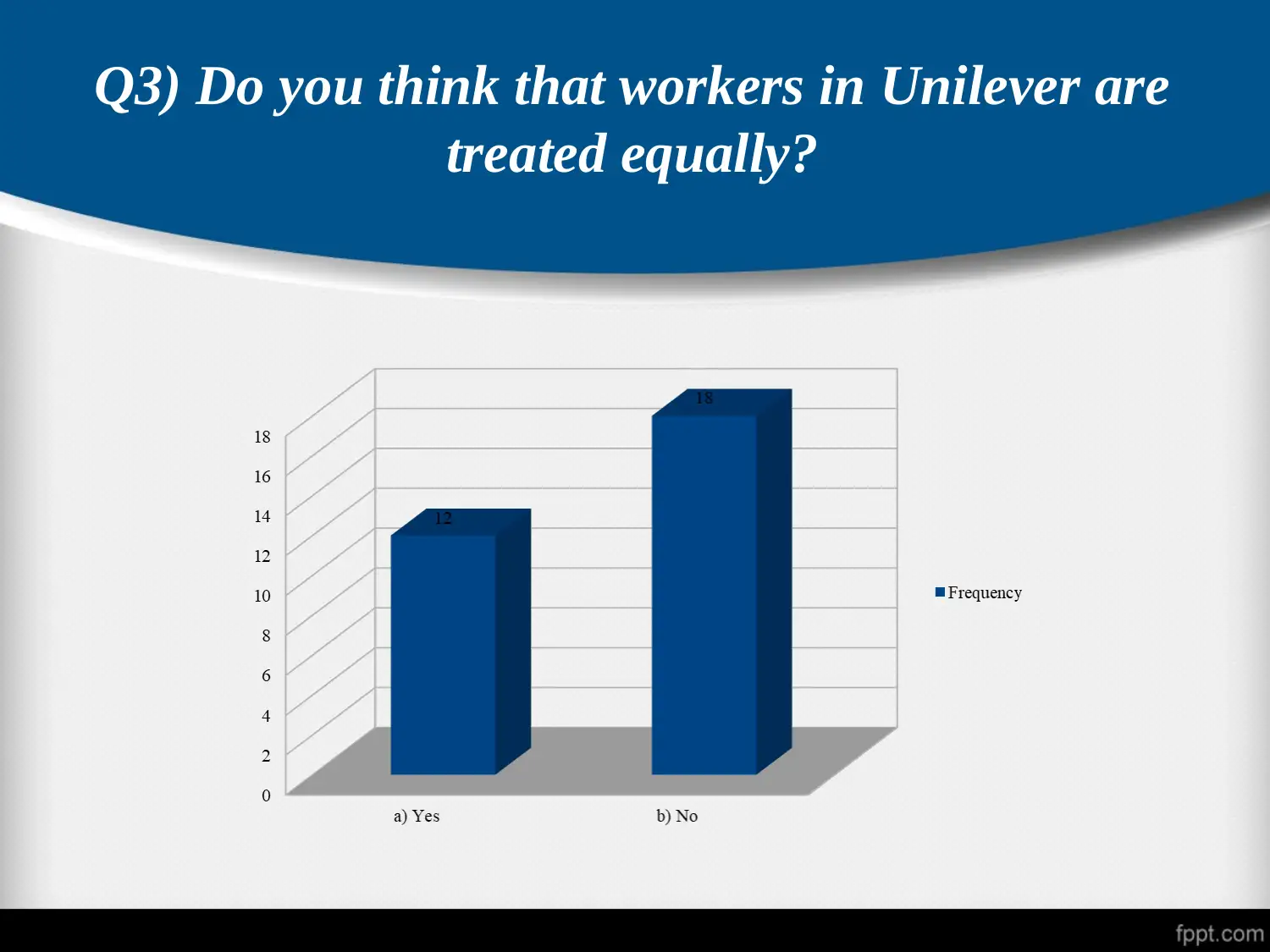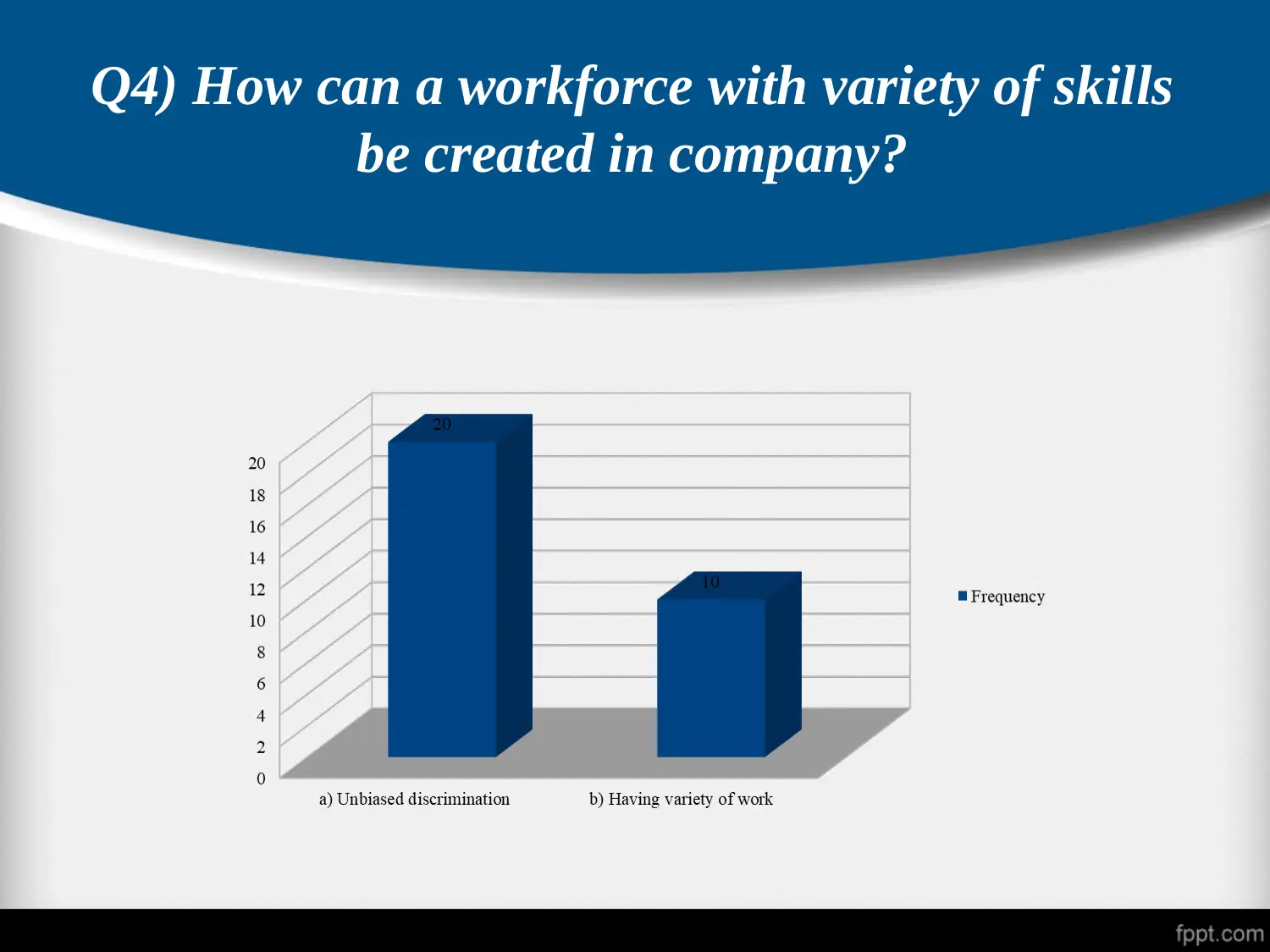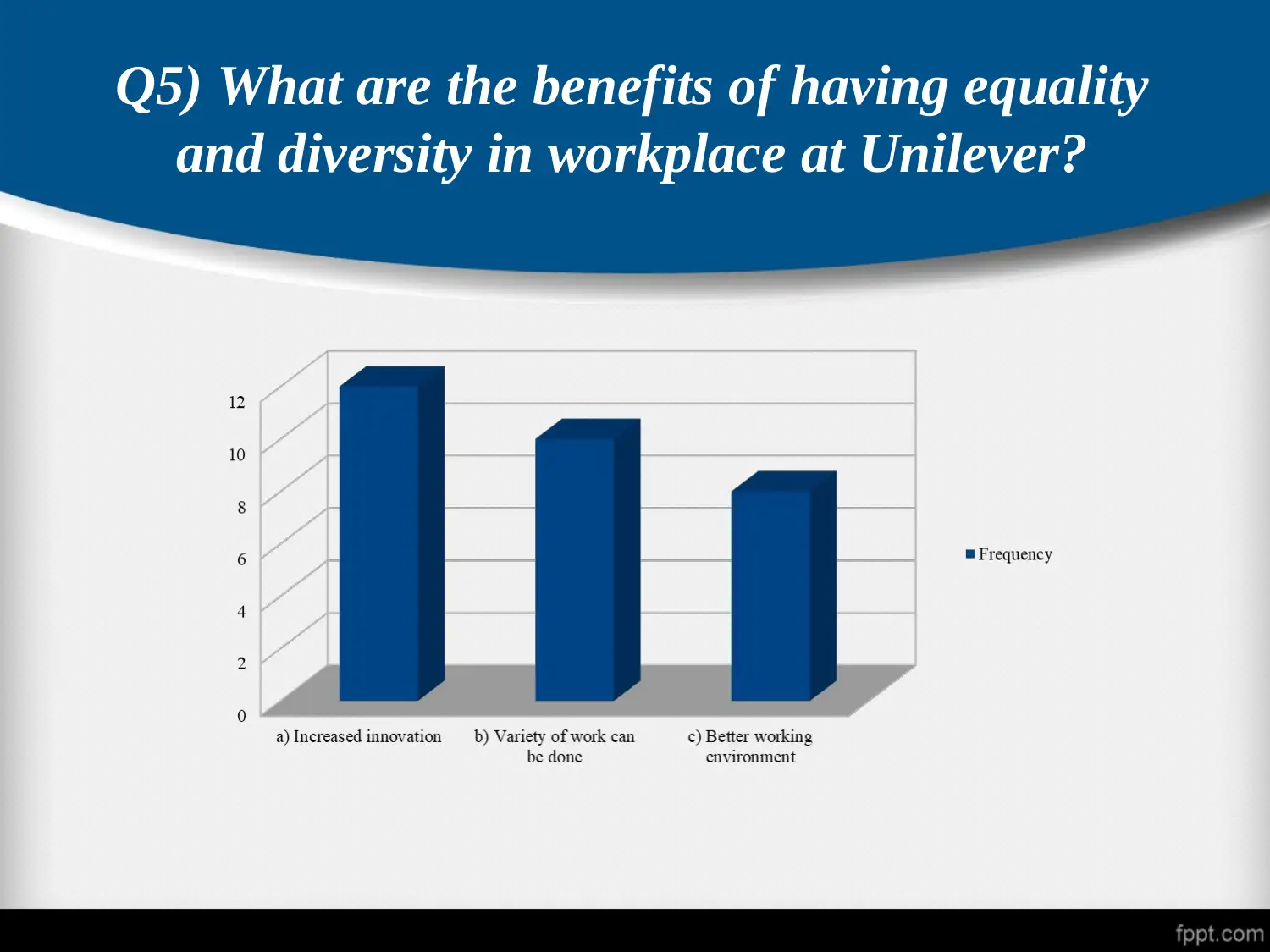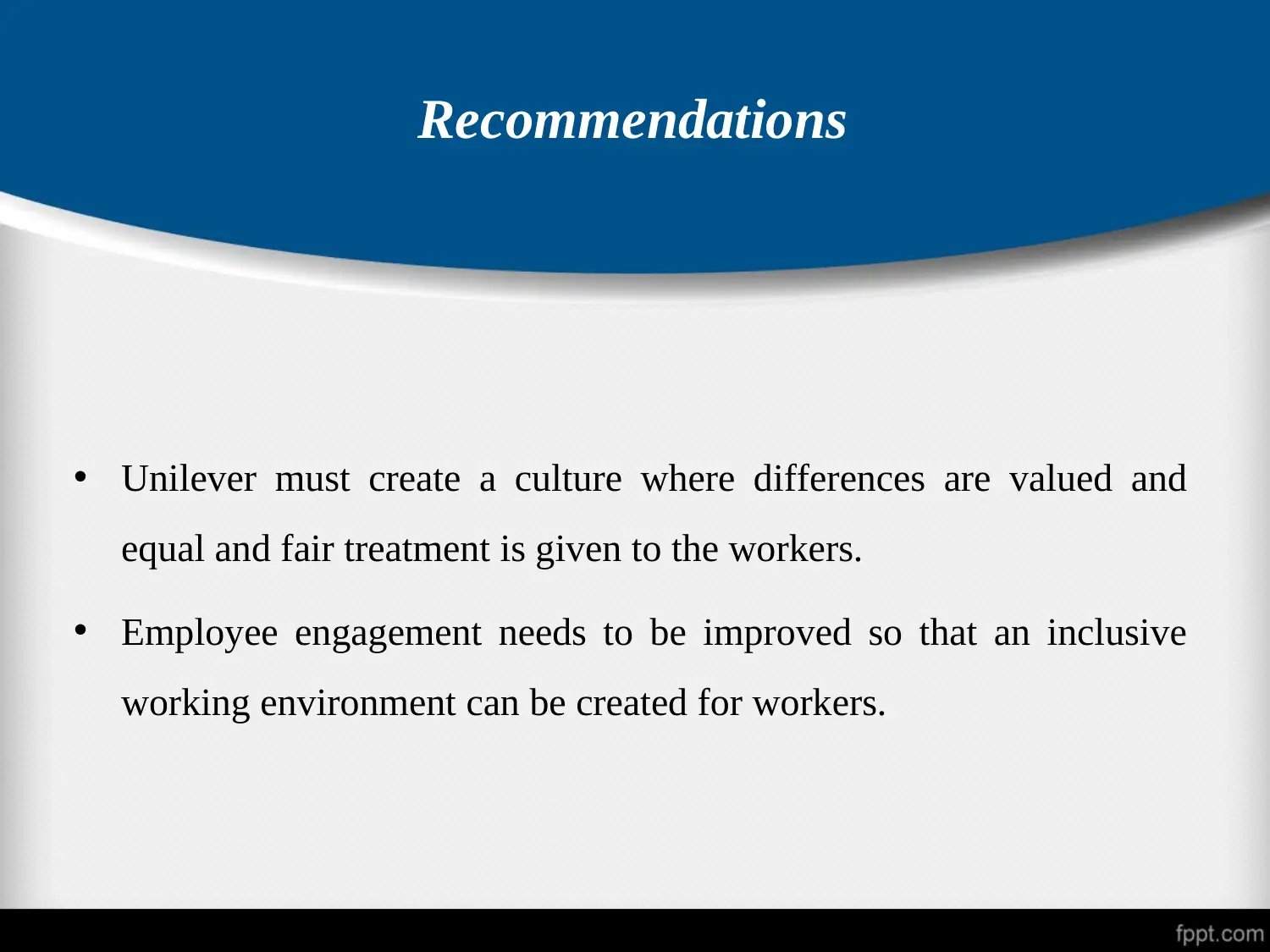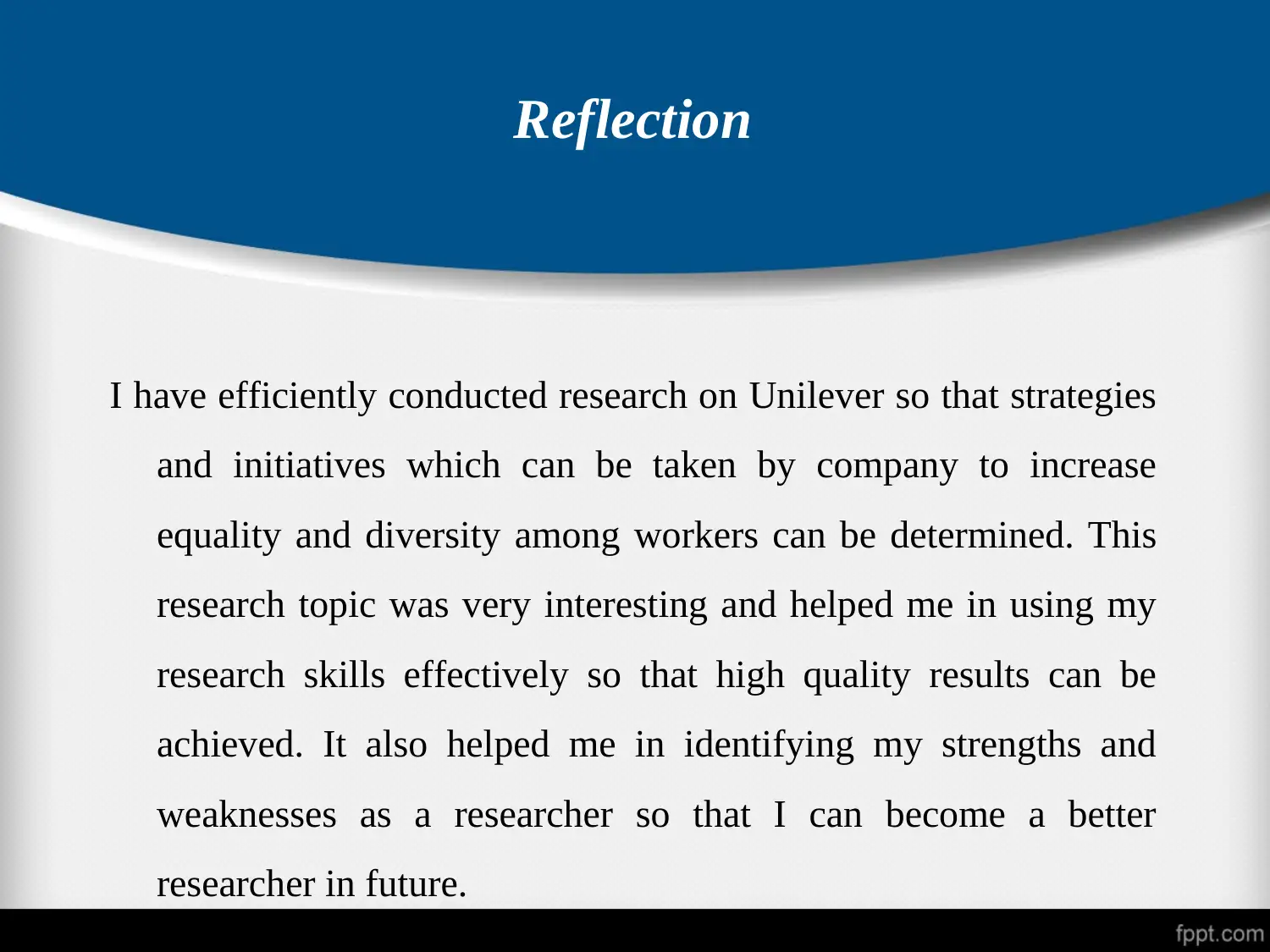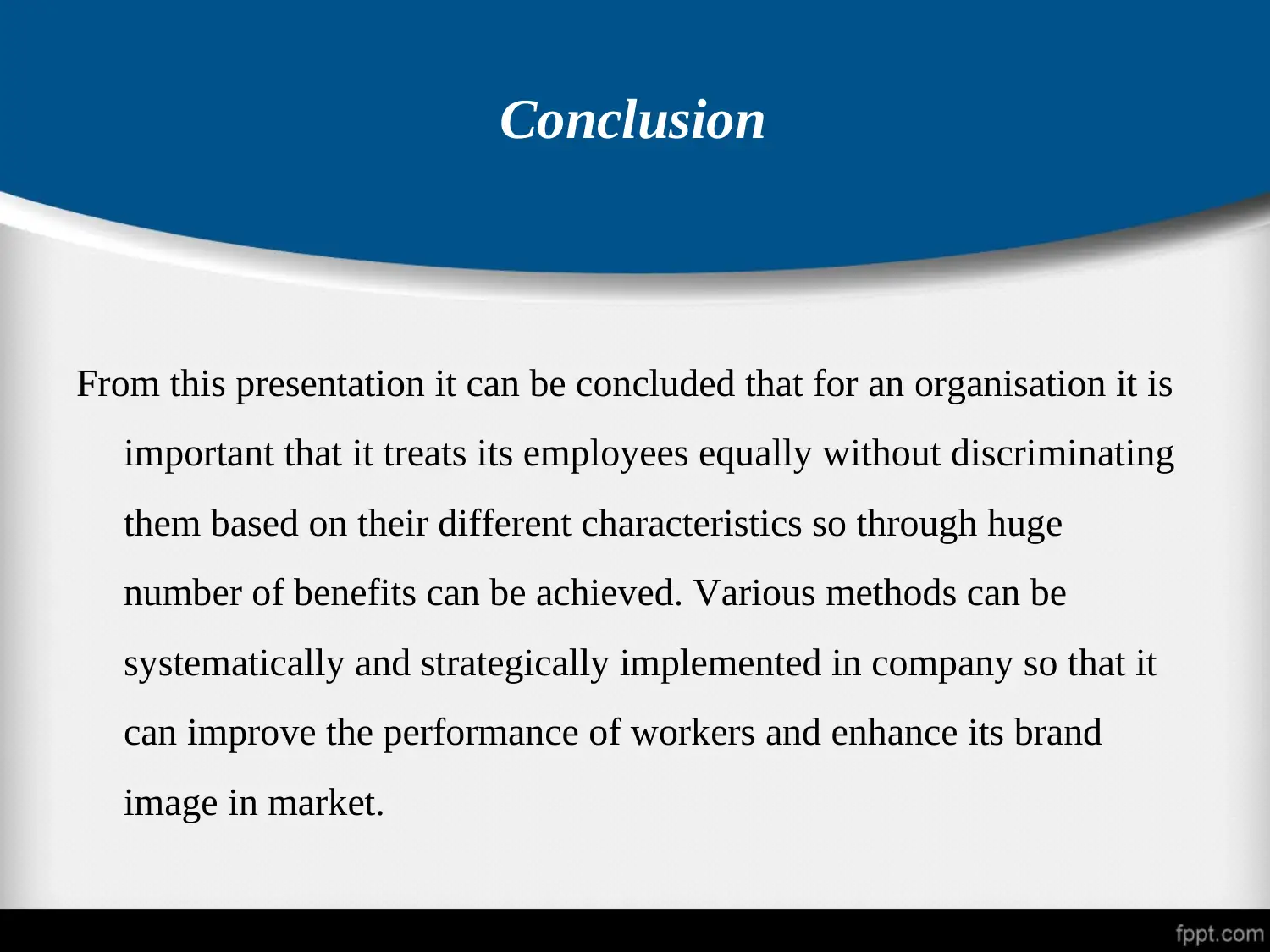Strategies for Creating an Inclusive and Diverse Workforce: A Case Study on Unilever
VerifiedAdded on 2023/01/12
|17
|579
|22
PowerPoint Presentation
AI Summary
This presentation focuses on determining the strategies and initiatives to create an inclusive and diverse workforce in an organization, with a case study on Unilever. It covers the aims and objectives of the research, research methodology, data analysis, recommendations, reflection, conclusion, and references.
Contribute Materials
Your contribution can guide someone’s learning journey. Share your
documents today.
1 out of 17
![[object Object]](/_next/static/media/star-bottom.7253800d.svg)


